Common Spinal Conditions
Just like other parts of the human body, the spine can be negatively affected by many conditions that may cause pain, discomfort, lack of mobility, muscle spasms among others. Some of the most common spinal conditions are as follows.
Degenerative Disc Disease (DDD)
The intervertebral or spinal discs in your spine act as shock absorbs to cushion any body movement. As we age, these spinal discs may lose their height or cushion. When this happens, the disc may also herniate or bulge. This is when the material contained within the spinal disc is pushed into the spinal canal putting pressure on the adjacent spinal nerve. This pressure may irritate the nerve by pinching it.
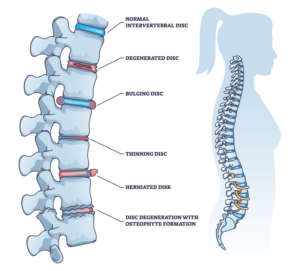
Spinal Stenosis
Spinal stenosis happens when the space between the spinal cord or spinal nerves and the vertebras narrows or becomes too small. This narrowing can place pressure and irritate the nerves and spinal cord. Spinal stenosis tends to happen in the neck (cervical stenosis) or lower back (lumbar stenosis). The potential causes of spinal stenosis are degenerative disc disease, arthritis, herniated disc or injury to the spine.
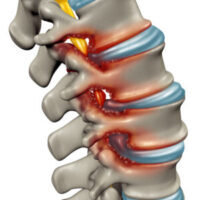
Spondylolisthesis (Spondy)
A spondylolisthesis is described as one of the spinal bones or vertebrae slips or moves forward, putting pressure on the vertebra below and narrowing the spinal canal. Spondylolisthesis typically occurs in the lumbar spine or lower back and may be caused by a sports injury.
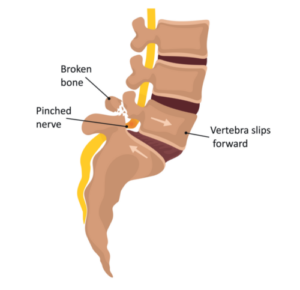
Sciatica
Sciatica is described as pain that radiates or travels from the lower back through the buttock down one or both legs along the sciatic nerve. Typically this pain is caused by the pinching or irritation of a nerve in the lower back.
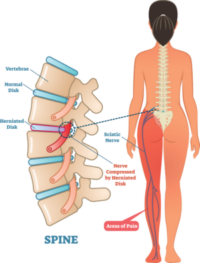
Spinal Instability
Spinal instability is when there is increased motion, more than normal, or instability, between two vertebra. This increased mobility or hypermobility is unable to support the weight it the body or movement at that spine segment. Spinal instability may be caused by a back injury, improper lifting degenerative disc disease, spinal tumor or spinal deformity.
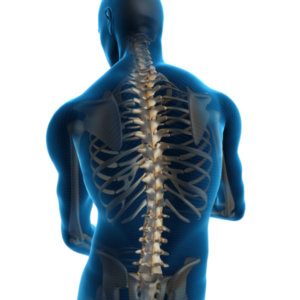
Tomorrow’s Spine Surgery Solutions Start Here
Sign up to learn more about our innovative spine surgery solutions that are changing the way surgeons approach spine surgery to improve patient lives through excellent clinical outcomes.